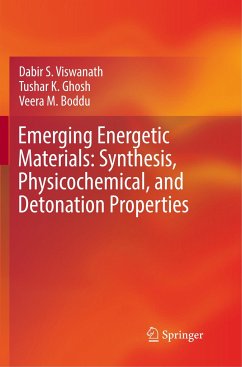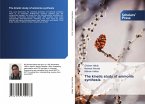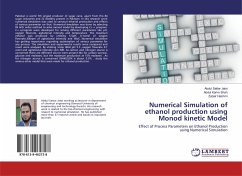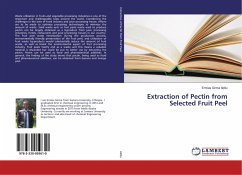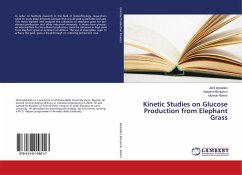The pathway from Hexamine to HMX is long and includes many intermediate compounds. Hexamine Dinitrate and Dinitropentamethylene Tetramine (DPT) are two of these intermediates. The limited solubility of the above mentioned intermediates weaken the applicability of the ordinary first and second order kinetic models on the decomposition step in which Hexamine Dinitrate was converted into DPT. The correlation coefficient with the first order fit was somewhat higher than that corresponding to the second order fit. This result means that the mentioned reaction is probably first order but fitting had to be redone according to the fluid - particle models in order to consider the heterogeneity of the investigated mixture. The diffusion controlling kinetic models were not highly consistent with the experimental results.The surface reaction controlling model was more tightly consistent with the experimental findings. The activation energy was found from the famous Arrhenius plot. For the conversion of hexamine dinitrate into DPT under the adopted non - aqueous conditions, the activation energy was 84kJ/mole, which means that the reaction rate may be doubled or tripled for each ten degrees.
Bitte wählen Sie Ihr Anliegen aus.
Rechnungen
Retourenschein anfordern
Bestellstatus
Storno


